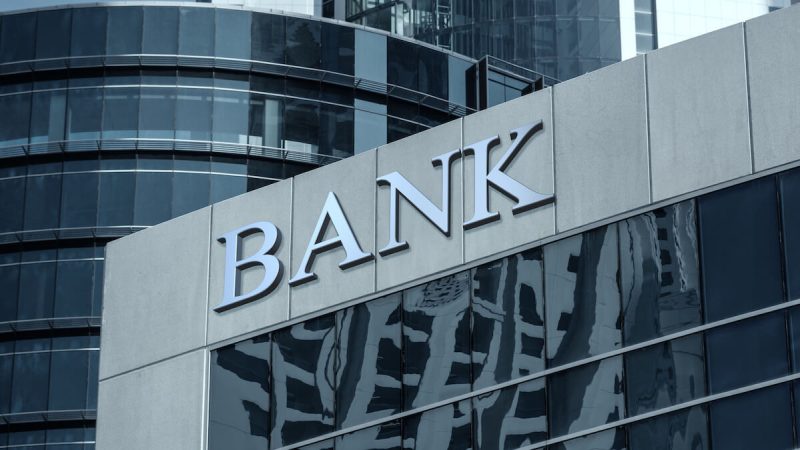The article examines the precarious state of the banking system and the potential warning signs of a systemic implosion. Banks are essential pillars of the global economy, holding deposits, providing loans, and facilitating transactions. However, a combination of factors can lead to the collapse of the banking system, with ripple effects felt across sectors and nations.
One key indicator to watch is the level of non-performing loans within the banking sector. Non-performing loans refer to loans where the borrower has failed to make scheduled payments for an extended period, raising concerns about the bank’s asset quality. A sudden surge in non-performing loans can strain a bank’s balance sheet, erode its capital base, and threaten its solvency. Monitoring trends in non-performing loans can provide insights into the overall health of the banking system.
Another crucial factor is the interconnectedness of financial institutions through complex networks of transactions and derivatives. In the event of a systemic shock or default by a major player, these interconnections can amplify risks and spread contagion throughout the banking system. A lack of transparency in these interconnected relationships can make it difficult to assess the potential domino effect of a single institution’s failure.
Furthermore, the adequacy of regulatory oversight and risk management practices is paramount in safeguarding the stability of the banking system. Weak regulations, lax enforcement, or inadequate stress testing can leave banks vulnerable to systemic risks and external shocks. Inadequate capital buffers, excessive leverage, and risky investment practices can exacerbate vulnerabilities and pave the way for a systemic implosion.
In recent years, technological advancements and the rise of fintech companies have also introduced new challenges and opportunities for the banking sector. While innovation can enhance efficiency and customer experience, it can also introduce new risks such as cyber threats, data breaches, and disruptions to traditional banking models. Regulators must adapt to the evolving landscape to ensure a safe and resilient banking system.
In conclusion, vigilance and proactive measures are essential in averting a systemic implosion of the banking system. Stakeholders, including regulators, policymakers, financial institutions, and investors, must collaborate to address vulnerabilities, enhance transparency, and strengthen resilience. By monitoring key indicators, identifying red flags, and implementing robust risk management practices, the banking system can navigate through turbulent waters and mitigate the risk of a systemic collapse.

